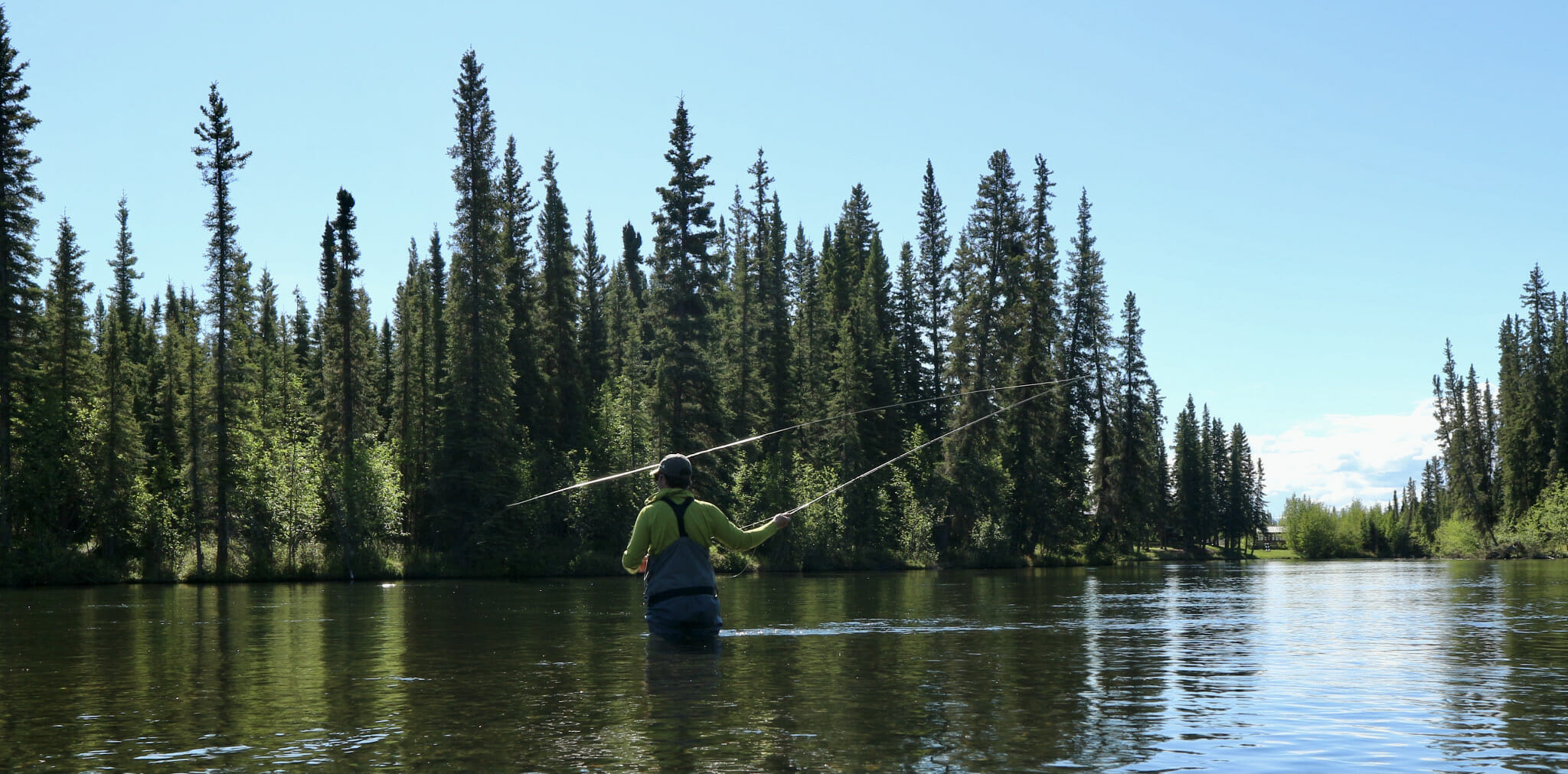Daniel Ritz places a dry fly hoping to catch an Arctic grayling outside of Delta, Alaska. Gaby Mordini photo.
Looking back at Daniel Ritz’s 20 species, 12-state Western Native Trout Challenge journey
Editor’s note: Daniel Ritz is fishing across the Western United States this summer in an attempt to accomplish the Master Caster class of the Western Native Trout Challenge. He will attempt to land each of the 20 native trout species in their historical ranges of the 12 states in the West. You can follow Ritz as he travels across the West by following Trout Unlimited, Orvis, Western Native Trout Challenge and Montana Fly Company on social media using the #WesternTroutChallenge.
Back in May Brett Prettyman, a communications director for Trout Unlimited, interviewed me over speakerphone during my 18-hour drive to southwestern New Mexico.
After the standard, “Where are you from?”, “When and how did you start fishing?” questions, Prettyman, who I had yet to meet in-person, really got into the meat of it.
“Why are you doing all of this? Why do the Western Native Trout Challenge,” he asked.
I remember feeling like I had been punched in the stomach. I could not believe I didn’t have an easily digestible answer ready.
“I guess, at the end of the day, I’ve always been focused on the search,” I said awkwardly, but truthfully. “No matter what the context, I’ve always been interested in the pursuit. I love putting myself at the intersection of physical skill, knowledge and what I like to call cosmic coincidence. I like things that have an element of luck, too. That chance to fail, even if you do everything right, is exciting.”
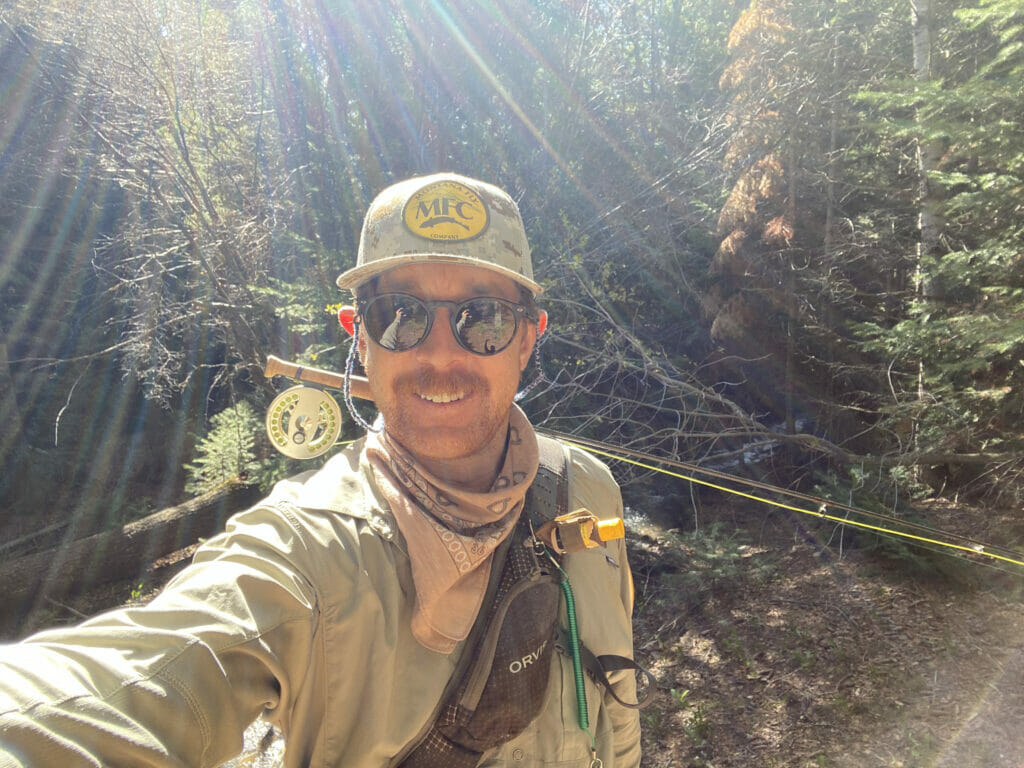
I meant every word. In a past chapter of life, I was a surfer, where “The Search” is understood to mean scouring the earth for the perfect wave. In fly fishing, and having now completed the Western Native Trout Challenge, I’ve realized something that I was never able to embrace during all those years living paycheck-to-plane ticket traveling the world in search of the perfect wave.
I can confidently tell you that the most important thing, the true value of The Search isn’t catching the wave, or catching that fish. It’s the experience you absorb along the way. Don’t worry, I’m not here to lecture you about how you should be satisfied with “It’s just good to be out there.” The action, the catching a big wave, hooking a fish, is a beautiful, fun and healthy experience of being in the flow.
I’m just here to say when you get past that moment, and you look back, I suspect it’s not the tug that’s really the drug. The experience of the Western Native Trout Challenge is, hopefully, a very active exercise in engagement. In fact, I’d go as far to say the Western Native Trout Challenge, like any high-quality search, is a self-energizing, self-fulfilling project.
For one reason or another, that interview was never published. Lucky for you, I’ve learned a lot along the way. About native fish, about the West and about myself.
In late April and early May, I hauled south, sleeping in the red-rock desert beloved by Edward Abbey, to catch the southwestern native species (Gila trout, Apache trout and Lahontan cutthroat trout) before fire season started and water flows ended. Arriving in the Gila National Forest and driving over dry creeks I was supposed to be fishing, I was immediately struck by the extreme nature of life in the high desert and the tireless work being done by the stewards of the southernmost trout in the U.S. I didn’t know it at the time, but my time in New Mexico, Arizona and Nevada was a forecast for the conditions to come.
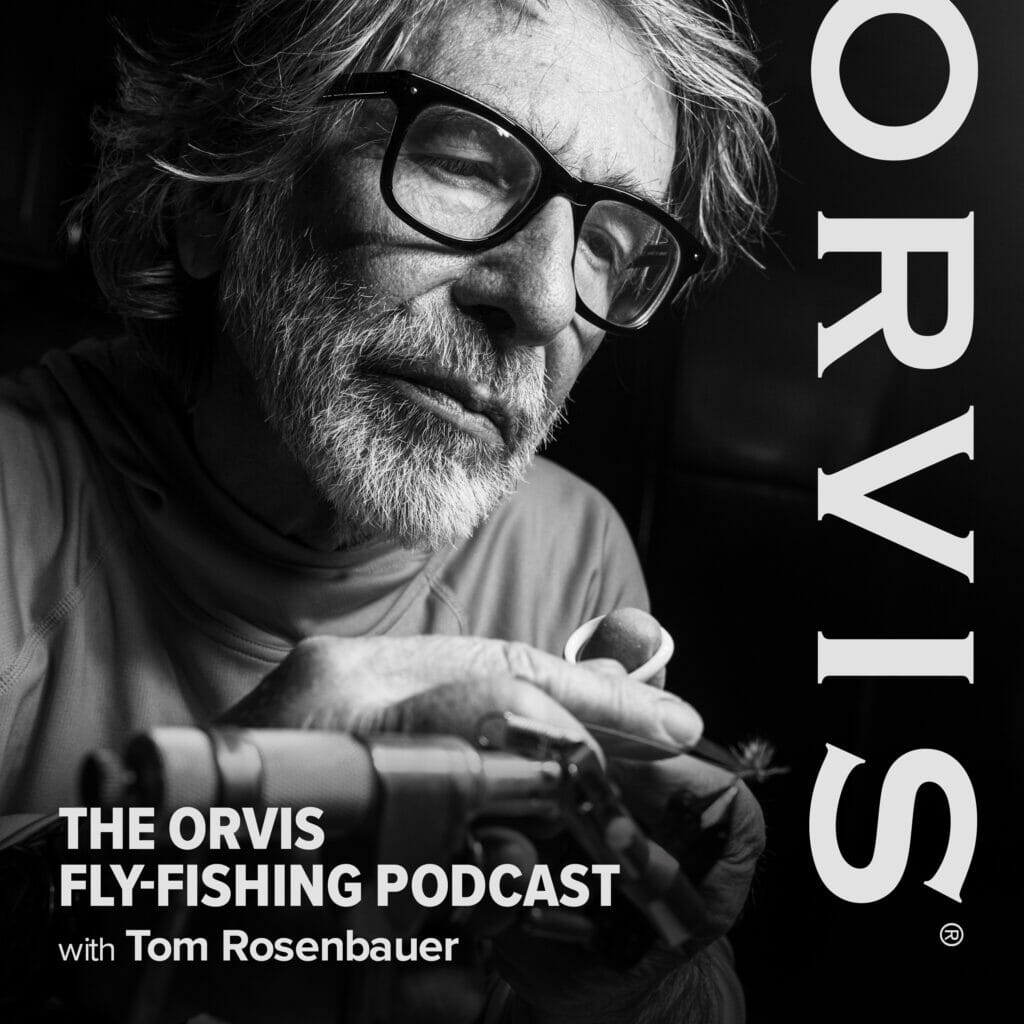
In Alaska casting streamers toward an ice shelf in the sleet and hail of the Alaskan Range, I passed through my standard self-consciousness and embraced a sense of pride, of adventure and a sense of responsibility for telling the story. For a moment, I allowed myself to think I was very, very important for telling these stories. I saw myself as an explorer, braving the conditions of the Alaskan frontier, responsible for passing along the little-known secrets of exotic native species to educate the squares and the uninformed.
Almost immediately, I was duped by the Arctic char of the Kenai Peninsula, swiftly bringing me back down to earth and remembering the story isn’t about me and my free-wheeling continent-spanning fishing trip. When I remembered I was there to examine concepts of conservation and the possibility of things like extinction, I realized that a few humbling days of tough fishing were exactly what I needed.
After Alaska, I returned to the Mountain West where I completed my Wyoming Cutt-Slam and Utah Cutthroat Slam. There, I zig-zagged across the Continental Divide, humbled by folks such as Dave Sweet in Wyoming, Prettyman and Paul Burnett in Utah, Ty Churchwell and Kara Armano in Colorado, Jeff Arterburn and Toner Mitchell in New Mexico. Each one of them, and so many others along the journey, helped me realize that the native species experience isn’t something you just parachute into. These selfless men and women taught me that it takes years … decades of long, tedious work and explosions of timely and thoughtful community activism to be able to see the threads that make the fabric of the West and its native trout. Their daily commitment allowed me to be satisfied that I wasn’t going to perfectly summarize the experience of ancient species in 1,000-word articles and a few pretty pictures. As Churchwell said, “It’s about collaboration and compromise.” Every day.
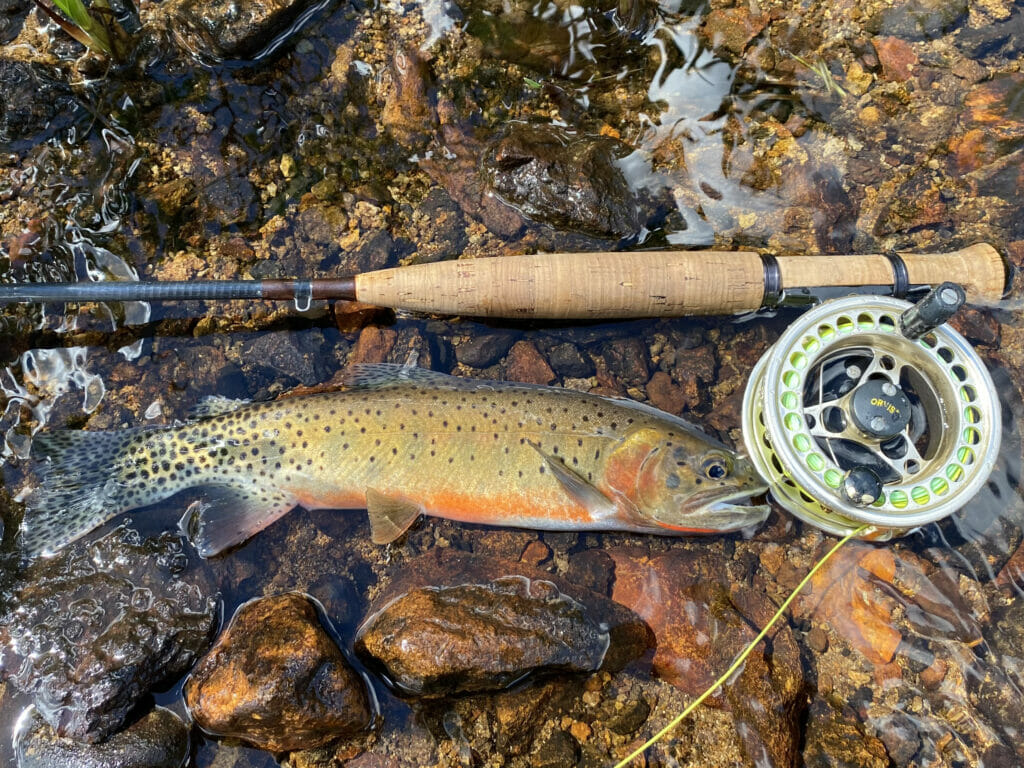
With a bit of my faith in humanity fulfilled, I made the long haul from New Mexico to California, where temperatures soared well above 110 degrees. There, I was finally forced to reckon with the scalding temperatures and extreme drought I had spent the weeks prior avoiding in the high, high country of Wyoming, Utah and Colorado. With the Little Kern golden trout’s entire habitat closed to access due to a fire in 2019, I was forced to focus on the two remaining native trout of California by setting rubber to the road — and trails — to responsibly experience the Golden State’s native fish. In California, seen by many as the land of comfort and abundance, the time, sweat and effort it took to responsibly connect with its native species showed me what it could mean for native species to be lost to history.
In late July, I continued northward to Oregon where I, by now quite chuffed with myself as the wandering, know-it-all western native trout writer, caught a fish I couldn’t identify. Or at least I wasn’t entirely confident in doing so. Along the banks of the Metolius River and then back to the canyons of the Salmon River, I dove into the often misunderstood and frequently misidentified identity of the interior redband trout.
In August and September, I was fortunate enough to experience a series of novel events. I hunted bull trout in Idaho, recognized as hosting the most prolific populations, where I learned of an ongoing battle to protect what we already empirically know is essential for the survival of this species — continuous, connected, cold-water systems. In Washington I learned that, despite being one of the first genetically identifiable species of cutthroat, there existed an almost opposite problem. On the shores of the Hood Canal, scientists, citizens and anglers are working tirelessly to find out what could only be called fundamental data to responsibly manage populations.
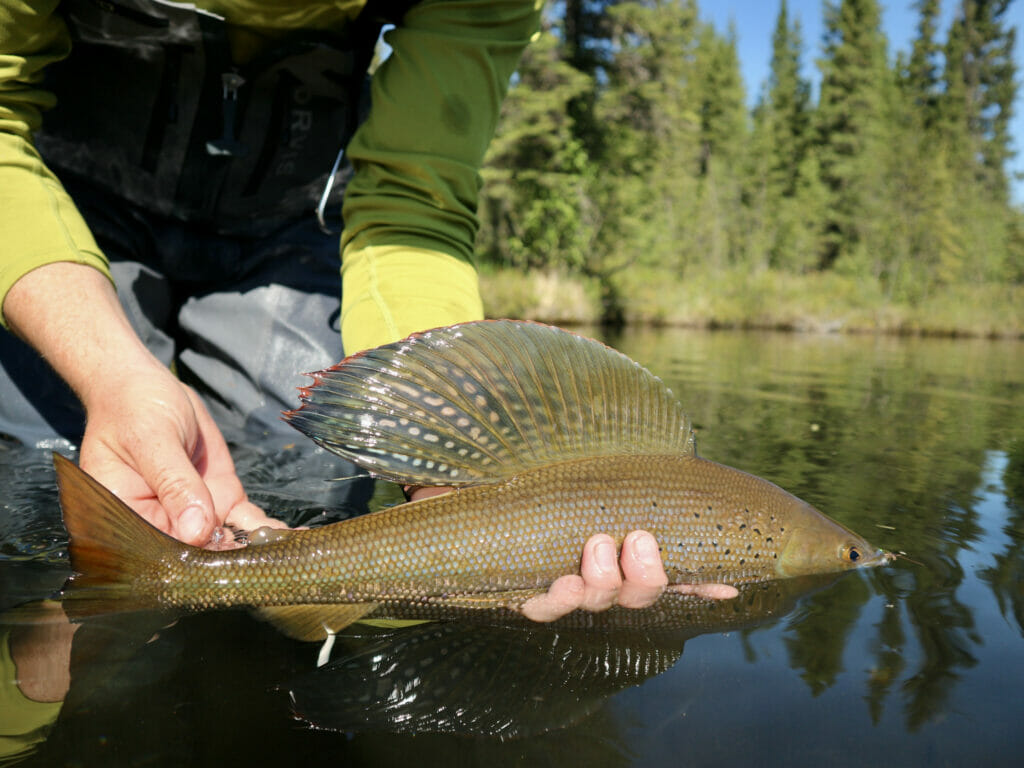
Along the banks of the famed Lochsa River, in central Idaho, I grieved a personal loss while realizing the importance of not taking wildlife abundance for granted. After climbing the hill over Lolo Pass toward Missoula and turning south along the sandy shores of the Yellowstone, I stretched my mind, and legs, learning how often we mistake something we’re lucky to have the chance to do as something we have to do.
By the numbers: Daniel Ritz’s Western Native Trout Challenge
- 23,000 – approximate number of miles traveled (roughly 5,000 on dirt roads)
- 18 – native species caught
- 12 – states visited, many of them twice
- 1 – broken rods
- 1 – injuries (dislocated knee cap)
- 104 – total days fishing in five months
- 940 – miles driven on longest trip between destinations (New Mexico to California)
- 14 – longest fishing day in hours
- 300 – approximate number of flies lost (give our take 100)
- 600 – rough guess on the number of fish caught
- Infinite – number of favors to be paid back for all those who helped, particularly my fiancee’
In what is only fitting, just a few weeks ago, I drove more than nine hours back to northern California. Back to Lassen County, Eagle Lake and it’s oft-forgotten and highly fragile subspecies of rainbow trout, the appropriately named Eagle Lake rainbow trout, awaited me. The trout that I, and many native trout enthusiasts, have come to chastise after reading books titled things like An Entirely Synthetic Fish and t-shirts reading “Rainbows Aren’t Real.” Some of them aren’t real. But some of them very much are, and they very much need our help.
When I reflect upon this journey, at least one thing has become obvious.
I honestly remember very few of the individual fish. Sure, I remember the coloring of a few beautiful Rio Grande cutthroats or the cheeks of one heaving Yellowstone cutthroat I caught in Wyoming, but the memories, important memories of hook-ups and intense battles with the native species I encountered, are far and few between.
Instead, as an angler, when I look back on this trip, a majority of the most valuable experiences revolve around what I can only describe as feeling included in the story of these fish, these places, and these communities I have grown to know and love.
Fishing was simply the mechanism that enabled me.
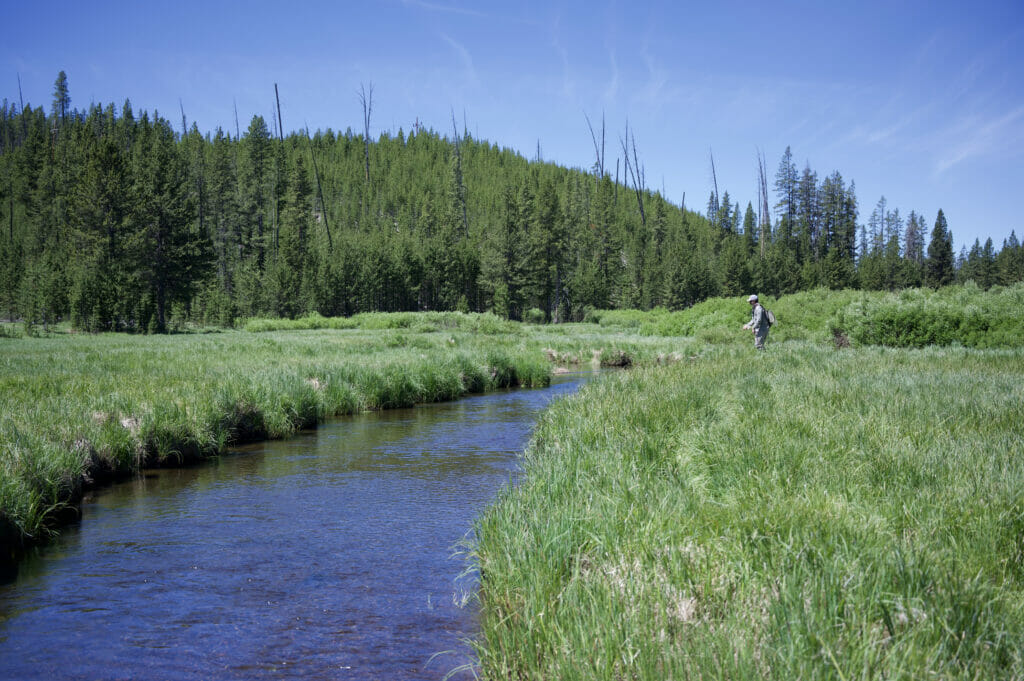
“The Search” is my own personal addiction and I suppose one day I’ll have to deal with exactly what that means. Until then, until I learn what it means to be wholly content, I will continue to pull at the fabric of the West, attempting to identify what “The West” even means.
As I mentioned earlier, “The Search” is self-fulfilling. The unknown provokes curiosity and pursuit, conscious experience then leads to answers which only inspire new questions and further investigation only inevitably followed with more action. The wheel goes ‘round and ‘round.
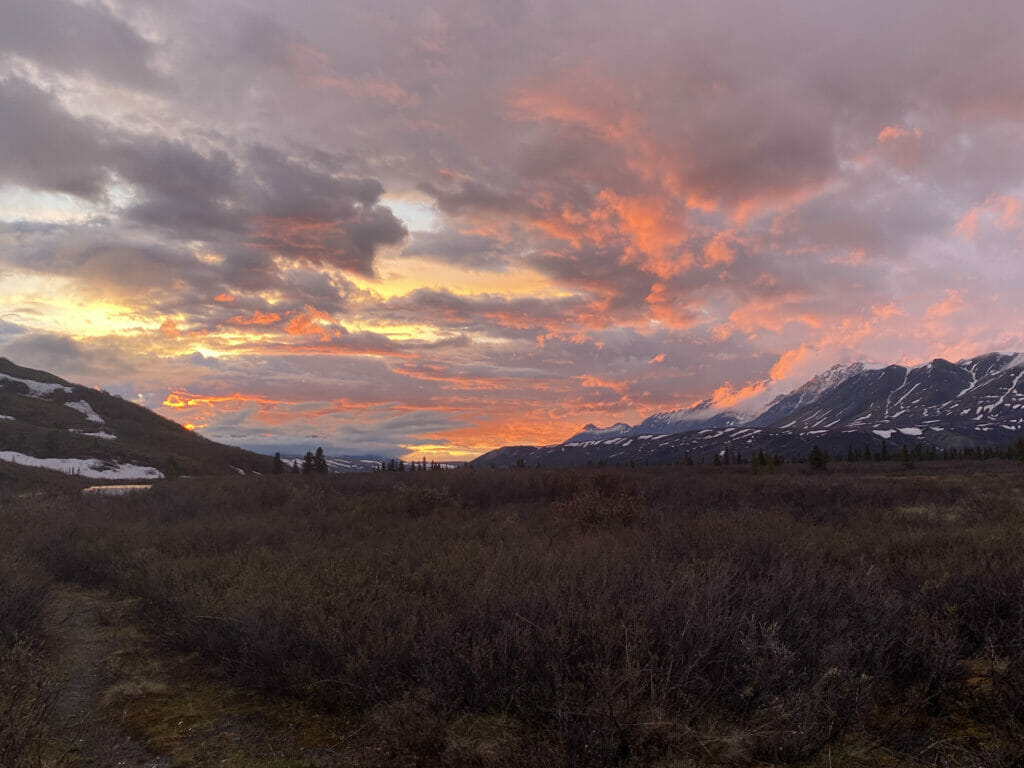
As I sit writing this, attempting to articulate this experience in a way that means something to someone, to anyone, I realize that, for most of my Western Native Trout Challenge journey, I was looking forward to a sense of closure that was inevitably never going to come. The more of the West I set eyes upon, the more species of beautiful fish I connected with and the more communities I witnessed give selflessly of themselves, the more intrigued and tethered I became to the always evolving, bewildering and certainly wild, wild West.
Whatever that is, anyway.
Good luck in your search.
See you out there.



